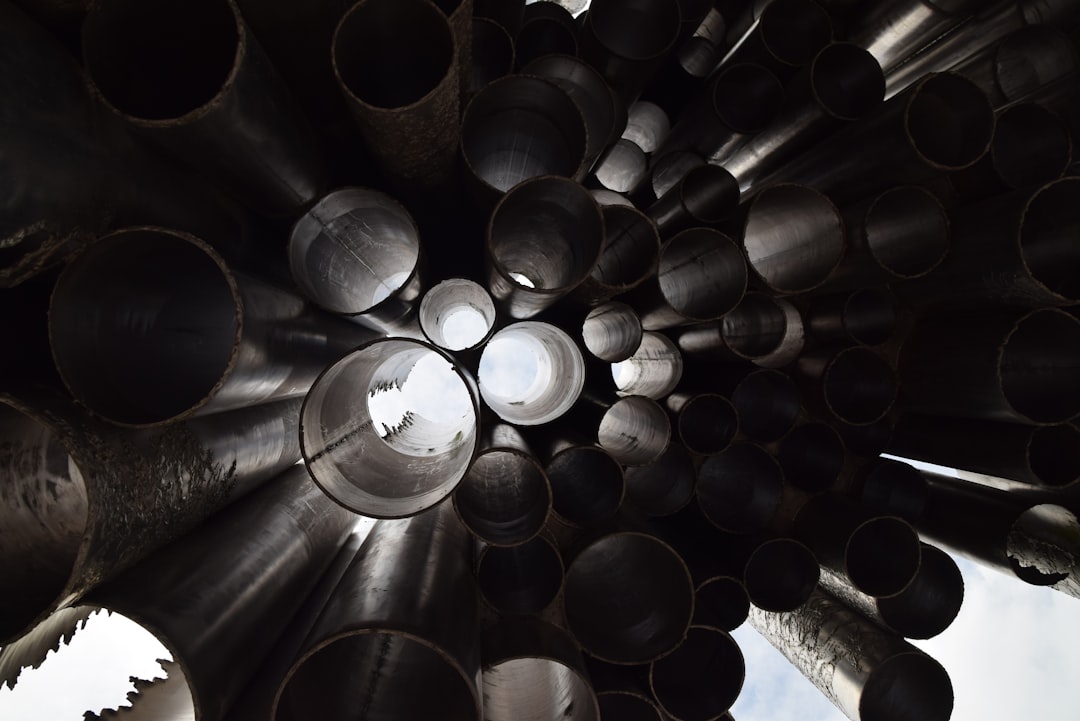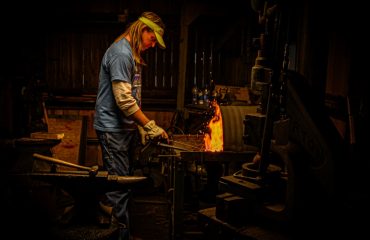body {
font-family: sans-serif;
line-height: 1.6;
}
h1, h2, h3 {
color: #333;
}
img {
max-width: 100%;
height: auto;
}
The maritime industry relies heavily on robust and reliable materials, and steel pipes are fundamental components in the construction of virtually every ship. From intricate plumbing systems to structural support, the choice of steel pipe significantly impacts a vessel’s safety, efficiency, and longevity. This comprehensive guide explores the critical role of steel pipes in shipbuilding, delving into their various types, applications, and the crucial specifications that ensure optimal performance.
Types of Steel Pipes Used in Shipbuilding
Shipbuilding utilizes a diverse range of steel pipes, each tailored to specific applications and performance requirements. The most common types include:
- Carbon Steel Pipes: These are the workhorses of shipbuilding, offering a balance of strength, weldability, and cost-effectiveness. They are widely used for general piping systems, including those for water, fuel, and compressed air. Grades like ASTM A53 and ASTM A106 are frequently specified.
- Stainless Steel Pipes: Where corrosion resistance is paramount, stainless steel pipes are indispensable. They are employed in systems handling seawater, chemicals, and other corrosive substances. Grades like 304 and 316 stainless steel are commonly used, offering varying levels of corrosion resistance.
- Alloy Steel Pipes: For high-pressure and high-temperature applications, alloy steel pipes provide enhanced strength and creep resistance. These are often found in boiler systems and other critical components requiring superior mechanical properties.
- ERW (Electric Resistance Welded) Pipes: These pipes are cost-effective and widely used for less demanding applications. However, their strength might be slightly lower compared to seamless pipes.
- Seamless Pipes: Seamless steel pipes offer superior strength and durability compared to welded pipes, making them ideal for high-pressure applications and critical structural elements. The absence of welds eliminates potential weak points.
Applications of Steel Pipes in Ship Construction
The versatility of steel pipes makes them essential across various ship systems:
- Plumbing and Drainage Systems: Steel pipes form the backbone of a ship’s plumbing network, carrying fresh water, sewage, and greywater. The choice of pipe material depends on the fluid being transported and the risk of corrosion.
- Fire Protection Systems: Steel pipes are crucial for fire sprinkler and fire main systems, ensuring rapid and effective fire suppression throughout the vessel.
- Fuel and Lubrication Systems: Steel pipes transport fuel and lubricants to engines and other machinery, requiring robust construction and leak-proof seals to prevent spills and fires.
- Hydraulic and Pneumatic Systems: Steel pipes are used in hydraulic and pneumatic systems that control various ship functions, including steering, cargo handling, and ballast control.
- Structural Support: In some instances, steel pipes are incorporated into the ship’s structure, providing support and reinforcement in specific areas.
- Ballast Systems: Large steel pipes are used to manage the ballast water within the vessel, crucial for stability and maneuverability.
Steel Pipe Specifications and Standards
Adherence to strict specifications and standards is crucial to ensure the quality and safety of steel pipes used in shipbuilding. Key standards include:
- ASTM (American Society for Testing and Materials): ASTM provides numerous standards for steel pipes, defining chemical composition, mechanical properties, and testing procedures.
- ISO (International Organization for Standardization): ISO standards offer global guidelines for steel pipe manufacturing and quality control.
- DNV GL (Det Norske Veritas Germanischer Lloyd): DNV GL provides classification and certification services for ships, including the assessment of steel pipes used in construction.
- ABS (American Bureau of Shipping): Similar to DNV GL, ABS sets standards and provides certifications related to the materials used in shipbuilding.
These standards cover aspects such as pipe diameter, wall thickness, pressure ratings, and surface finish. Compliance with these standards is vital for ensuring the structural integrity and safety of the vessel.
Challenges and Future Trends in Steel Pipe Usage
While steel pipes remain dominant, the shipbuilding industry faces challenges related to cost, weight, and environmental concerns:
- Weight Reduction: The increasing focus on fuel efficiency is driving demand for lighter-weight materials. Research is ongoing into advanced steel alloys and alternative pipe materials to reduce overall ship weight.
- Corrosion Management: Corrosion remains a significant issue, particularly in marine environments. Advanced coatings, corrosion inhibitors, and the use of corrosion-resistant alloys are crucial for extending the lifespan of steel pipes.
- Sustainability: The industry is increasingly focused on sustainable practices. Recycling steel pipes and utilizing recycled steel in manufacturing are becoming more prevalent.
- Advanced Manufacturing Techniques: Innovations in manufacturing processes, such as 3D printing, are being explored to produce custom-designed pipes with enhanced properties.
Choosing the Right Steel Pipe for Your Shipbuilding Project
Selecting the appropriate steel pipe involves careful consideration of several factors:
- Application: The specific use of the pipe dictates the required material properties (strength, corrosion resistance, etc.).
- Pressure and Temperature: The operating pressure and temperature of the system will influence the choice of pipe material and wall thickness.
- Fluid Compatibility: The pipe material must be compatible with the fluid being transported to prevent corrosion or contamination.
- Cost and Availability: Balancing performance requirements with cost-effectiveness is essential.
- Regulatory Compliance: Ensuring compliance with relevant industry standards and regulations is paramount for safety and certification.
Consulting with experienced engineers and material specialists is crucial to make informed decisions that ensure the long-term success and safety of your shipbuilding project.
Disclaimer: This blog post provides general information and should not be considered professional engineering advice. Always consult with qualified professionals for specific applications and compliance requirements.
Tags: Steel pipes, shipbuilding, marine pipes, ASTM steel pipes, stainless steel pipes, shipbuilding materials




